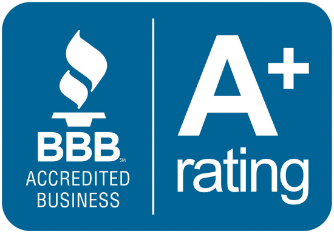The Problem: Ken’s Foods needed a massive 450 ft by 80 ft walk-in cooler built in their new location -- old Barrett Warehouse Distribution Center. N.E.T.R., Inc. had to overcome several challenges in designing a refrigeration system that would accommodate the automated picking machines installed in the cooler. They also had to design a cooling system for the loading dock to keep the products cool at all times.
The Solution: Mike Cappuccio and his team used a software called The Hub to help determine the sizing specifications for this job. Ultimately, nine 15 horse-power condenser units and two 60 horse-power condensers were installed, along with thirteen evaporator coils to cool the entire walk-in cooler and loading dock properly.







 Ken’s Foods
Ken’s Foods
 There are several factors that must be considered before the installation of a commercial refrigeration system can begin, including determining the refrigeration load for the project. In many cases, this calculation includes the size of the space to be refrigerated and the type of paneling to be installed. This particular project, however, had additional factors impacting the refrigeration load required. The machinery was a vital labor-saving innovation for Ken’s Foods, but it presented some hurdles for N.E.T.R., Inc. when designing the walk-in cooler. All the cooling equipment must work around the machines, and the cooling system also needed to be able to offset the heat generated by the robotic system.
There are several factors that must be considered before the installation of a commercial refrigeration system can begin, including determining the refrigeration load for the project. In many cases, this calculation includes the size of the space to be refrigerated and the type of paneling to be installed. This particular project, however, had additional factors impacting the refrigeration load required. The machinery was a vital labor-saving innovation for Ken’s Foods, but it presented some hurdles for N.E.T.R., Inc. when designing the walk-in cooler. All the cooling equipment must work around the machines, and the cooling system also needed to be able to offset the heat generated by the robotic system. After the design phase was completed, and all the refrigeration load factors had been considered, it was time to begin the installation.
After the design phase was completed, and all the refrigeration load factors had been considered, it was time to begin the installation.
 The large walk-in cooler received nine 15 horse-power Bohn condenser units, which were installed on the roof. A crane was needed to hoist the units to the rooftop, where they were secured. Ken’s Foods had a general contractor on-site during the renovations, who was able to ensure that the structure could withstand the additional weight. N.E.T.R., Inc. pulled a mechanical permit for their portion of the job, but the contractor was able to determine what extra work was needed to ensure the roof could hold the condenser units for this large-scale commercial refrigeration installation.
The large walk-in cooler received nine 15 horse-power Bohn condenser units, which were installed on the roof. A crane was needed to hoist the units to the rooftop, where they were secured. Ken’s Foods had a general contractor on-site during the renovations, who was able to ensure that the structure could withstand the additional weight. N.E.T.R., Inc. pulled a mechanical permit for their portion of the job, but the contractor was able to determine what extra work was needed to ensure the roof could hold the condenser units for this large-scale commercial refrigeration installation. After the Install
After the Install



